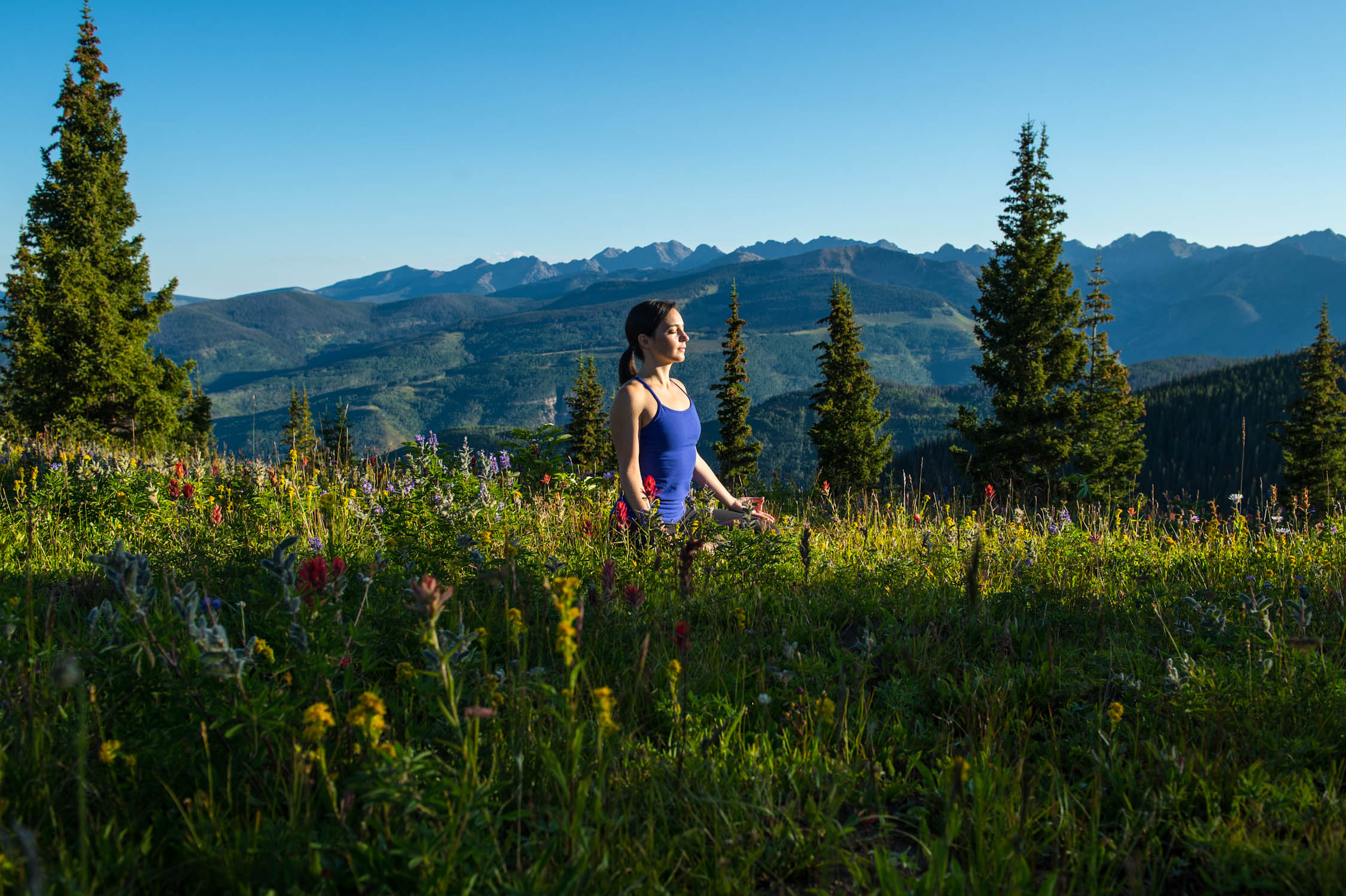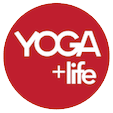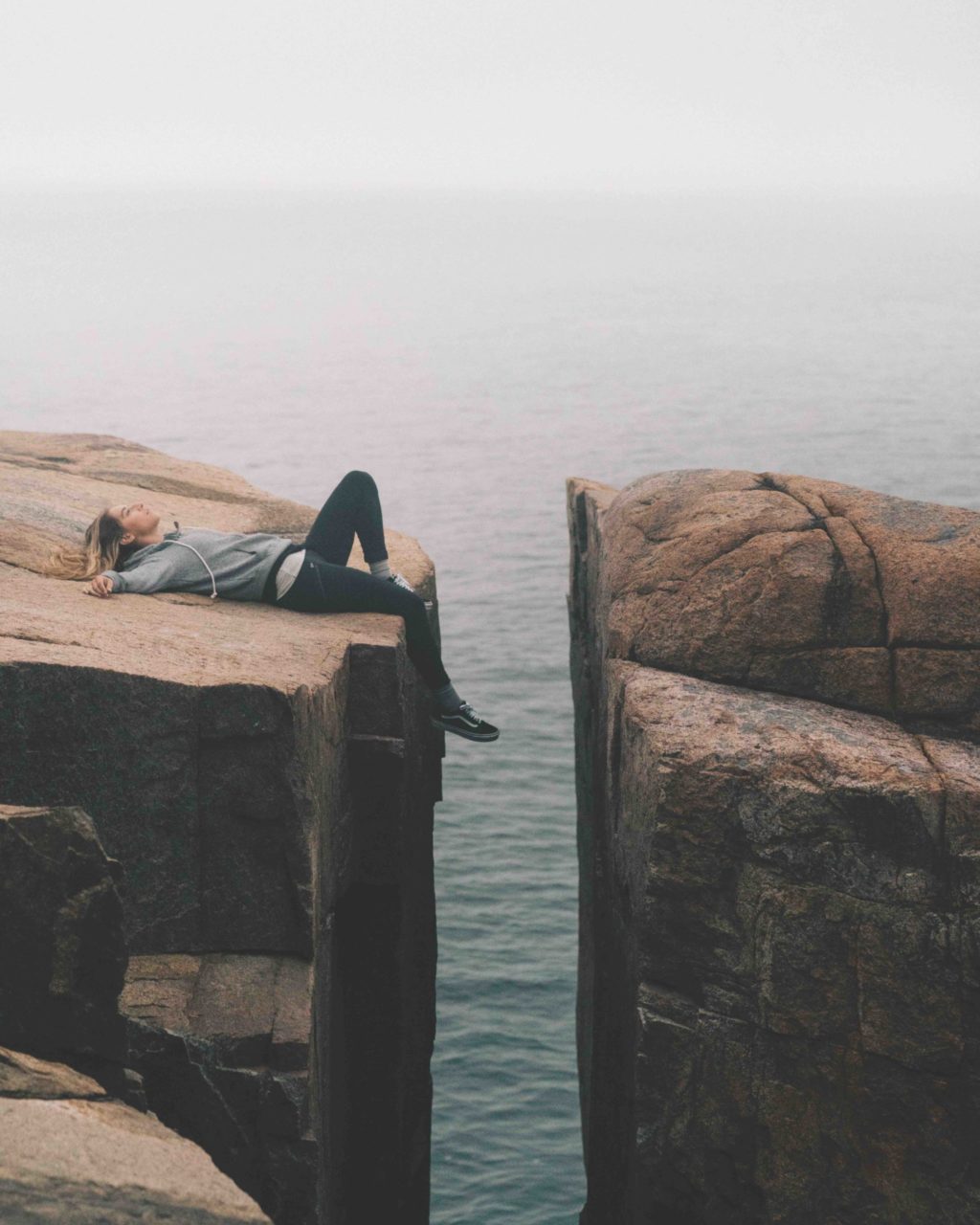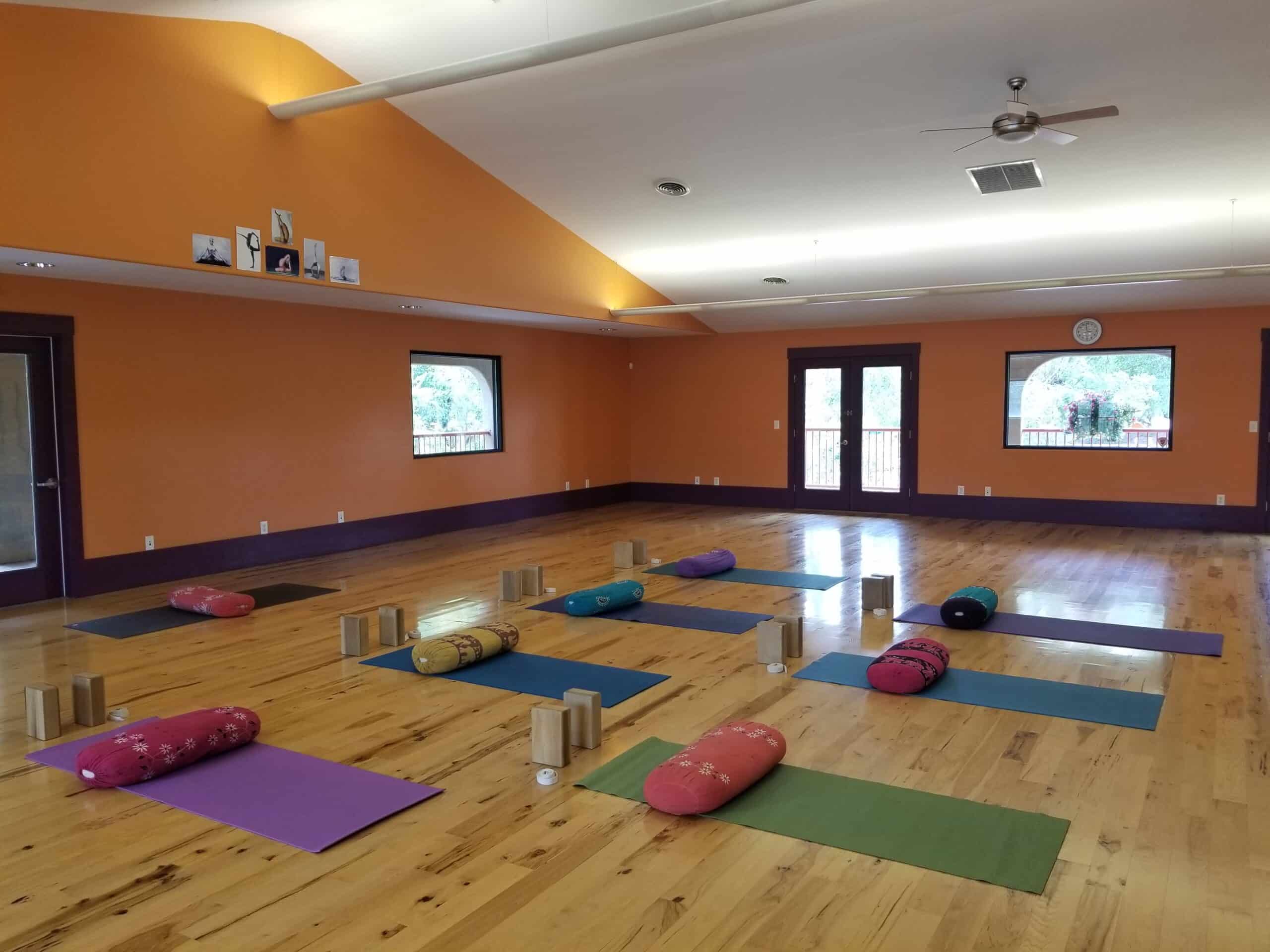Balance Out the Burnout | By Stefanie Arend
Burnout syndrome is a state of total exhaustion, which may be physical, emotional, mental or a combination of all of them. More burnout exists now than ever before. This can certainly be attributed to an over-abundance of Yang energy, characterized by constant accessibility and an ever-increasing pressure to perform. Excessive media consumption is a big energy-sapper. TVs, smartphones and computers in the bedroom at night limit one’s rest.
Burnout can be a precursor to depression, and doesn’t come about overnight. It is important to factor in short rest periods in stressful everyday life. Even a small break of two minutes, in which the focus is placed consciously on the breathing, can charge the whole system and bring new energy.
From a holistic perspective, energy reserves are completely exhausted in those affected by burnout, and even a short-term recovery does not help. It is important to treat yourself to extended periods of rest and rejuvenation, get enough sleep, practice conscious withdrawal from stressful situations and incorporate yoga and meditation.
POSSIBLE QUESTIONS FOR REFLECTION ARE:
• Who or what in my life is depleting my energy?
• What are my inner resources and sources of energy?
• How can I defend myself better against negative stress?
• What tasks can I delegate to have more time to myself?
As food can be a giver of energy as well as a taker, those suffering from burnout should take care with their diet. A natural diet, with a high proportion of fresh fruit and vegetables, salads, nuts, seeds, herbs, wild herbs, spices, whole-grain products, healthy fats and a lot of (non-carbonated) water as a main drink, can have a balancing and strengthening effect. Smoothies or fresh juices can quickly supply energy. Fast foods and stimulants such as caffeine, sugar, tobacco and nicotine only give a good feeling in the short term, but viewed over the long term they actually pollute the body.
From the Traditional Chinese Medicine perspective, burnout has to do with a disharmony between the heart and kidney. The liver and large intestine should be decongested.
BUTTERFLY (BADDHA KONASANA)

Photos by Forster & Martin Fotografie, Munich.
The position stretches the entire back and the insides of the legs. Butterfly works on the meridians of the liver, kidneys, spleen and bladder.
PRACTICING THE EXERCISE
1. Sit on the mat, place the soles of your feet together, pull the feet towards the pelvis. Let the knees drop gently outwards. If this is too intense, sit on a blanket or a cushion or support the outsides of the legs with two blocks. Relax the back, let your upper body sink forward passively, place your arms in a comfortable position.
2. You can also activate the bubbling spring acupressure point with your fingers; this is the kidney point on the sole of the foot, located centrally directly underneath the ball of the foot. It counteracts anxiety and exhaustion, clears and calms the mind and has a grounding effect.
Remain in butterfly for three to five minutes. Press the acupressure point gently as long as it feels good. Come back to the center and extend both legs again.
SEAGRASS (VIPARITA KARANI)

The gentle inversion of this position stimulates the stomach organs and cardiovascular system. It is a particularly good release for the legs. Seagrass places more focus on the relaxing effect than on stretching the meridians.
PRACTICING THE EXERCISE
Place a yoga bolster or rolled-up blanket straight across the mat, lie on it. Place your upper body behind it to bring the pelvis into a raised position. Stretch the legs upwards, find the point where you can hold it effortlessly. Take your arms back slowly, place them next to your head. During menstruation, you can assume the position without raising the pelvis. For a more intensive version, let the legs drop back slightly more towards the floor (not recommended if you have issues in your cervical spine).
Hold this gentle exercise for five minutes or more. Bend the legs again, draw your knees to your chest, roll sideways out of the position.
Always end with a laying pose when a session is finished. Give your weight completely to the floor and relax.
Excerpted from “Be Healthy with Yin Yoga: The Gentle Way to Free Your Body of Everyday Ailments and Emotional Stresses” by Stefanie Arend (She Writes Press, August 2019). For more information, visit: yinyoga.de/en.
Photo by Kristopher Roller.
Originally published in the Winter + Spring 2020 issue.
 Stefanie Arend is a renowned yin yoga instructor, holistic health coach, nutritionist and energy worker. As the first German author to focus exclusively on yin yoga, she is the author of six books, including the classic bestseller, Yin Yoga: The Gentle Path to the Inner Center (2011) and Surya Namaskar: The Sun Salutation (2014), both of which were named Best Yoga Book of the Year in German-speaking countries. Be Healthy with Yin Yoga: The Gentle Way to Free Your Body of Everyday Ailments and Emotional Stresses is her first English language book. For more information about Stefanie or to watch her videos, please visit yinyoga.de/en/ and her YouTube Channel: youtube.com/user/Stefanie1a/videos.
Stefanie Arend is a renowned yin yoga instructor, holistic health coach, nutritionist and energy worker. As the first German author to focus exclusively on yin yoga, she is the author of six books, including the classic bestseller, Yin Yoga: The Gentle Path to the Inner Center (2011) and Surya Namaskar: The Sun Salutation (2014), both of which were named Best Yoga Book of the Year in German-speaking countries. Be Healthy with Yin Yoga: The Gentle Way to Free Your Body of Everyday Ailments and Emotional Stresses is her first English language book. For more information about Stefanie or to watch her videos, please visit yinyoga.de/en/ and her YouTube Channel: youtube.com/user/Stefanie1a/videos.Take stellar notes and love the earth with these eco-friendly pencils that are plantable when you’re done! [...]

Subscribe to Our Tribe
Stay up to date with Y+L News, Events and special announcements.










